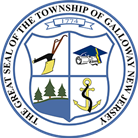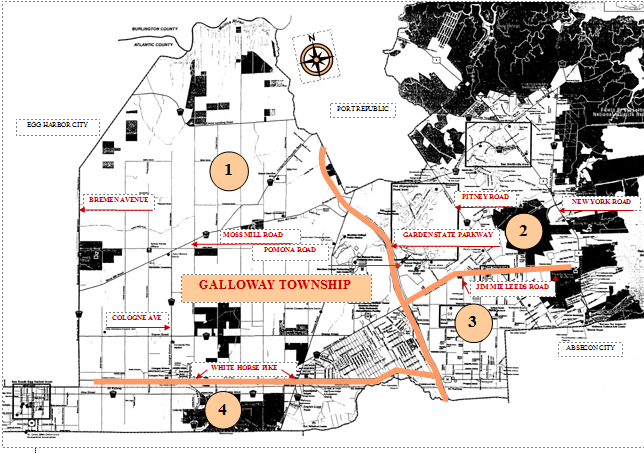Stormwater Ordinances
Stormwater

| Stormwater Links | |||
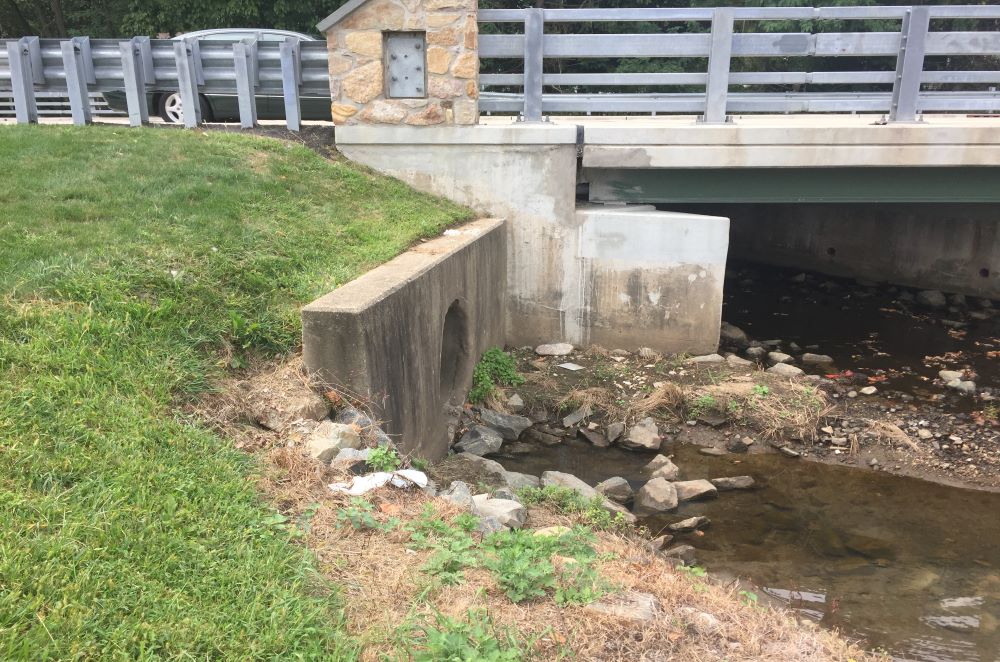 |
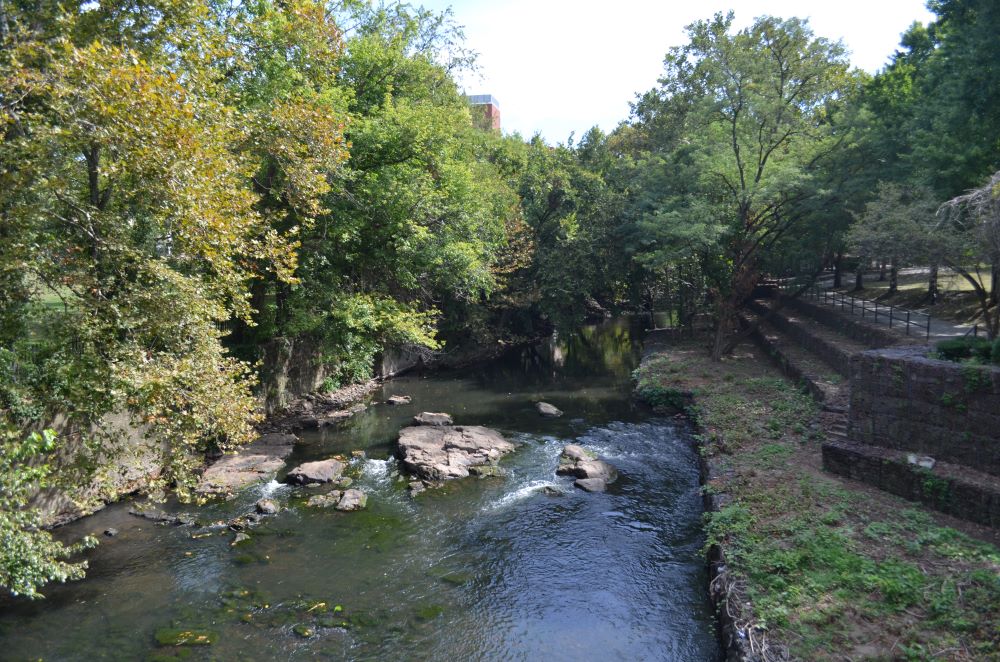 |
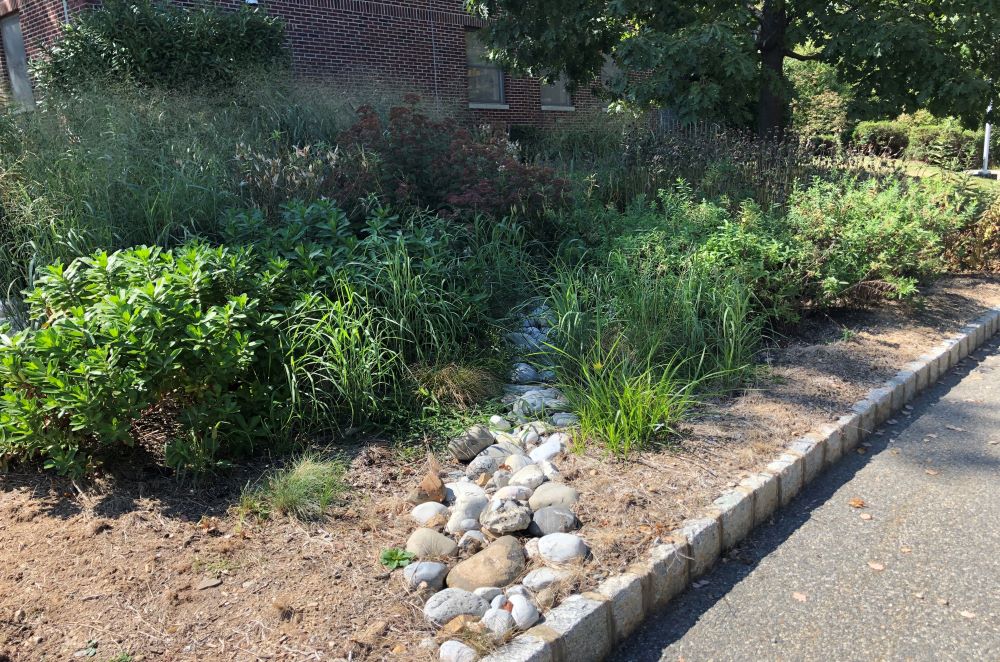 |
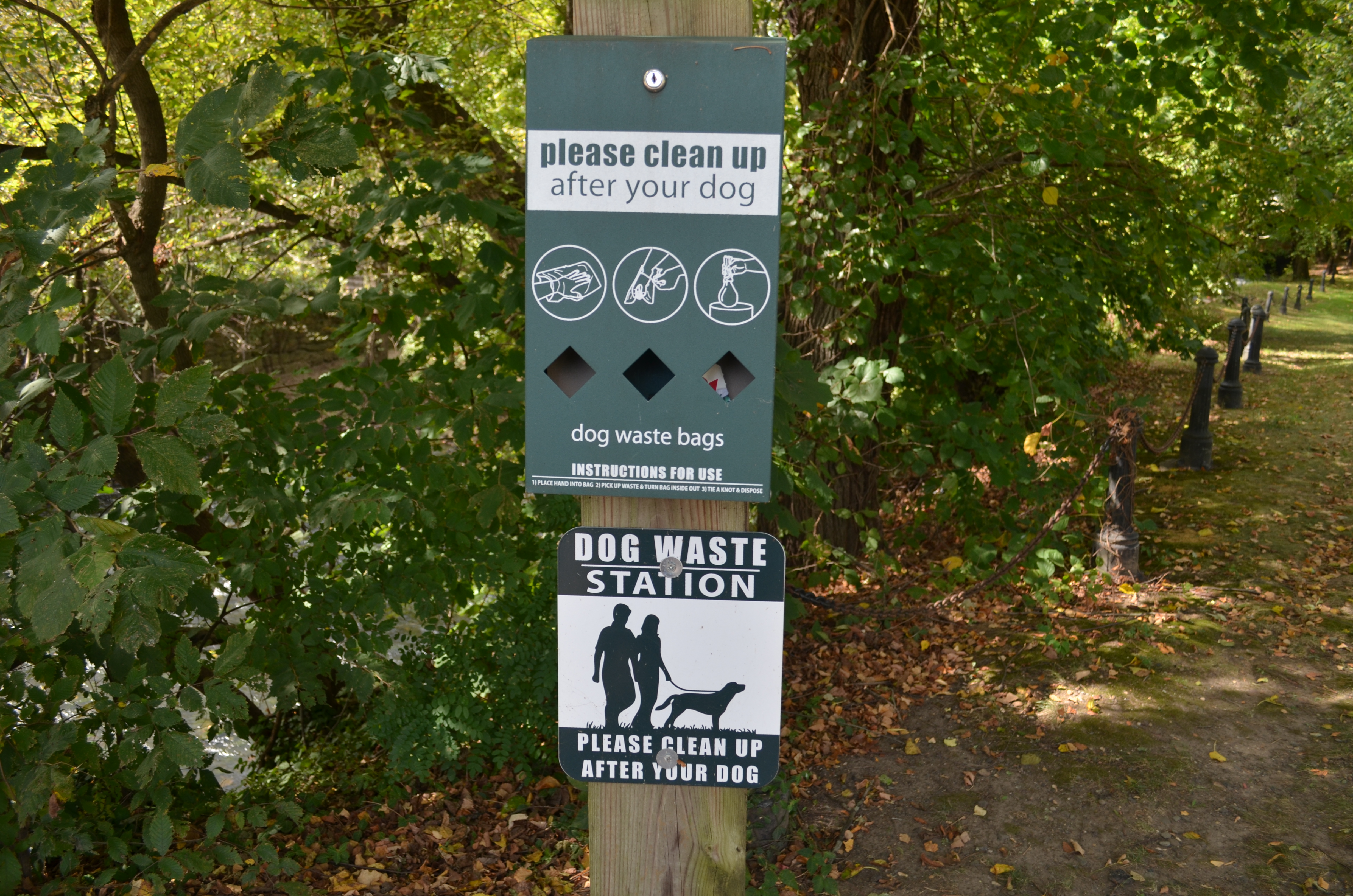 |
|
Stormwater Documents
Stormwater Prevention Plan, Management Plan, and other documents.
|
Stormwater Events
Look for our events on the calendar and see how you can
get involved.
|
Stormwater Resources
Click hear to learn more information about stormwater
and get educational resources.
|
Stormwater Ordinances
Understand what rules Galloway Townsnip has around stormwater.
|
| Learn More! | Learn More! | Learn More! | Learn More! |
| Frequently Asked Questions: | |||
|
Stormwater flows directly into our rivers, lakes, streams and the ocean or into a stormwater system through a storm drain.
Storm drains are frequently located in parking lots and along the curbs of roadways. The grate that prevents larger objects from flowing into the storm sewer system is called a catch basin. Once below ground, the stormwater flows through pipes, which lead to an outfall where the stormwater usually enters a stream, river or lake.
In some areas, the outfall may lead to a stormwater management basin. These basins control the flow and improve the quality of stormwater, depending on how they are designed. They can also recharge groundwater systems.
In some urban areas of the state, the stormwater and sanitary sewer systems may be combined. Here both stormwater and sewage from households and businesses travel together in the same pipes and are treated at sewage treatment plants except during heavy rains. During these occasions, both the stormwater and untreated sewage exceed the capacity of the treatment plant, and this overflow is directed into local waterways. Urbanization and increasing commercial and residential development have a great impact on local water resources. More impervious surfaces (roads, rooftops, parking lots and other hard surfaces that do not allow stormwater to soak into the ground) increase the rate of stormwater runoff. This means a greater volume of water carrying pollution into surface waters and less water soaking into the ground. These contaminants include litter; cigarette butts and other debris from sidewalks; motor oil poured into storm sewers; settled air pollutants; pet wastes; yard wastes; and pesticides and fertilizers from lawn care. Less water soaking into the ground also lowers ground water levels, which can dry up streams and hurt stream ecosystems, and can reduce the supply of well water. There are inexpensive ways to control excess runoff created by patios, driveways, sidewalks and roofs. Whatever the soil drainage condition in your neighborhood, landscaping and careful grading of your property's surface area can be used to control runoff, reduce its speed and increase the time over which it is released. For example, land immediately adjacent to your house needs to have a downhill slope so that water does not seep through the foundation. Once the water has been carried 10 feet from the house, the surface should be graded so that runoff is released gradually. Surface runoff can be decreased and ground water infiltration increased by following these suggestions:
One method of reducing stormwater runoff is to minimize the amount of impervious surfaces such as concrete sidewalks and asphalt driveways. Impervious surfaces do not allow runoff to seep into the ground. Use pervious surfaces instead. A paving surface that allows water to soak in may seem impossible, but there are many materials that provide the durability of concrete while allowing rainwater to filter down into the ground. If you are planning a new patio, walkway or driveway, there are several attractive alternatives to concrete. Some examples of these needs are:
Significant strides have also been made in the last few decades in developing porous asphalt pavement. This material is similar to conventional asphalt in durability, but it contains a much smaller percentage of very fine particles. As a result, the asphalt allows water to soak through into the soil below. Planting trees is one way to protect land and local streams from the damage caused by excessive runoff and erosion. Trees have long been appreciated for their beauty, but their help in minimizing erosion is not as well known. Landscaping by planting shrubs, trees and ground covers has definite environmental benefits and enhances the appearance and value of property. Realtors suggest that mature trees increase the value of homes as well as the speed of sale. Plants and trees can create outdoor rooms where you and your family can work and play. Well-planned landscaping can reduce heating and cooling costs for your house by as much as 30 percent. New shrubs and trees may attract birds and wildlife. Trees, shrubs and ground cover also require less maintenance than grass. Because trees and shrubs require less fertilizer and fewer herbicides than grass, the chances of polluting streams is minimized. Another possibility is landscaping for wildlife. By selecting appropriate plants, landscaping can both reduce water pollution and serve wildlife. Four basic elements are needed for wildlife: food, water, shelter and space. Food can be supplied through vegetation that provides seeds, nuts or berries. Water, if not available nearby as a stream or lake, can be provided as a small pool or pond. Vegetation, a pond or even a brush pile can serve as shelter, providing protection from predators and the weather. Space needs vary among wildlife but include enough room to reproduce, find food and carry on the different stages of their life cycle. The specifics depend on whether you are trying to attract a variety of wildlife or a certain species, such as butterflies or hummingbirds. For more information, contact DEP Division of Fish, Game and Wildlife, CN 400, Trenton, NJ 08625-0400. An environmentally sensitive landscape reduces the erosive force of rainwater runoff and increases the value of your home. By planting trees, shrubs and ground cover, you encourage excess rainwater to filter slowly into the soil instead of flowing directly into storm drains or nearby streams. Choosing trees and plants that are appropriate for your soil and growing conditions will ensure that you will have a beautiful yard. For more information on landscaping, see the chapter on Lawn and Garden Care. By following these few simple guidelines, you can make your home more attractive and help prevent erosion:
|
|||
Snow and Ice Control
The public works department works hard to make driving safer and easier on our 542 (+/-) roadways in snowy weather.
Depending on the duration and amount of snowfall, township trucks may plow your road multiple times. As the snow rolls off the plows, it will accumulate in the driveway aprons. Please understand that this is unavoidable and it is the homeowner's responsibility to clear the driveway apron.
Listed below is a step-by-step explanation of the snow removal process in the township.
- At the onset of a storm, all emergency routes are salted. Once the snow has accumulated to 3 inches, the snow plowing operations begin on emergency routes first, then primary routes are completed, last secondary routes.
- Aloe Street
- Bremen Avenue (Atlantic Avenue to Indian Cabin Road)
- Clarks Landing Road
- Cologne Avenue (Hamilton Township border to Moss Mill Road)
- Cologne-Port Republic Road
- Duerer Street
- English Creek Road
- Jimmie Leeds Road
- Leeds Point Road
- Leipzig Avenue (Aloe Street to Hamilton Township border)
- Moss Mill Road
- Motts Creek Road
- Old New York Road
- Oyster Creek Road
- Pitney Road
- Pomona Road
- Race Track Road
- Sixth Avenue
- Smithville Boulevard
- Tilton Road
- New York Road (Route 9)
- Philadelphia AVenue (Route 50)
- White Horse Pike (Route 30)
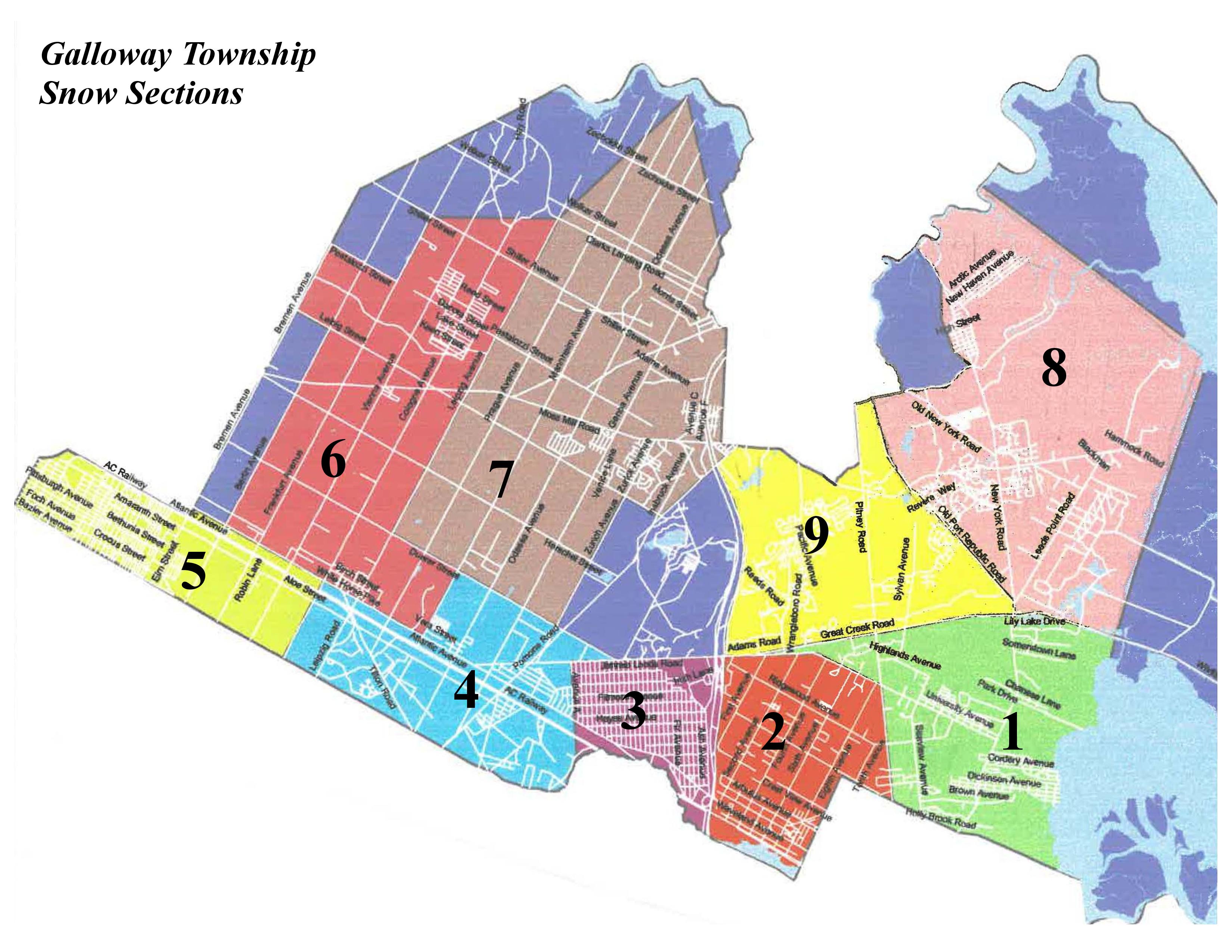
Bulk Waste
Leaf Collection
CLICK HERE FOR CURRENT LEAF COLLECTION FLYER
Spring Leaf Collection - April
During the Spring Leaf Collection, you will receive one pickup of your leaves. It is important that you check your schedule week of pickup. Leaves must be out near the curb prior to your week, so that ensures you do not miss your pickup. We do not know exactly what day they will be passing your house during your pickup. If you miss your pickup day during that week the trucks will not be coming back through.
Fall Leaf Collection - November & December
During the Fall Leaf Collection, it is important that you check your schedule week of pickup. Leaves must be out near the curb prior to your week, so that ensures you do not miss your pickup. We do not know exactly what day they will be passing your house during your pickup. If you miss your pickup day during that week the trucks will not be coming back through until your next scheduled week.
Residents have the choice to rake your leaves to the edge of your property or bag your leaves in biodegradable paper bags. This collection is for leaves only, no grass clippings, branches or other debris.
Residents may also bring leaves and grass clippings to our Compost Facility located on Galloway Road, Wednesday through Saturday, 8:00 am to 2:00 pm.
ATTENTION RESIDENTS: Galloway Township Ordinance mandates that those who are bagging leaves must place them in biodegradable paper bags for pickup at the curb.
COLLECTION IS FOR LEAVES ONLY. NO GRASS CLIPPINGS, BRANCHES AND OTHER DEBRIS ALLOWED.
If you have any questions concerning your pickup dates, please call the Public Works Department at 609-652-3700 Ext. 244.
Section #1 Section #3
Parkway W. to Bremen Avenue Parkway E. to Reeds Bay
Route 30 N. to Galloway boundary Jimmie Leeds Road S. to Galloway boundary
Section #2 Section #4
Parkway E. to Reeds Ray Parkway W. to Bremen Avenue
Jimmie Leeds Road N. to Galloway boundary Route 30 S. to Galloway boundary
PLEASE RAKE YOUR LEAVES TO THE EDGE OF YOUR PROPERTY – NOT IN THE ROADWAY
- DO NOT rake leaves over storm drains or in roadway creating a hazard.
- Leaves must be placed at the edge of your property no more than 5 days prior to scheduled collection.
- Leaves must be raked out to edge of property prior to your scheduled collection and will be made during your scheduled time.
- Raked leaves must be fully accessible; away from utility poles, mailboxes and parked cars.
- Delays due to inclement weather may affect scheduled collection dates.
For information about Composting on your property,
call the Office of Sustainability at 609-652-3700 Ext. 209

